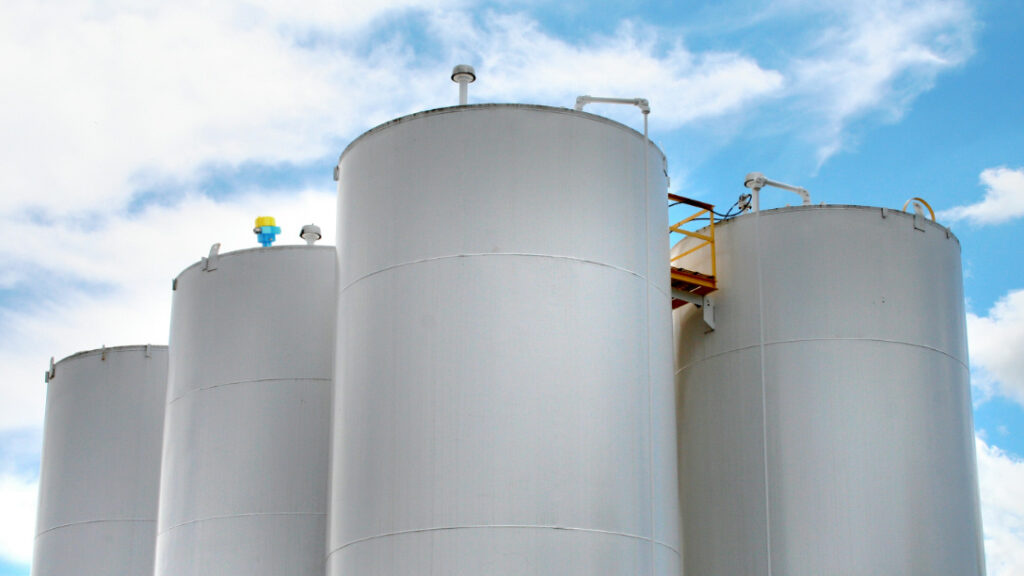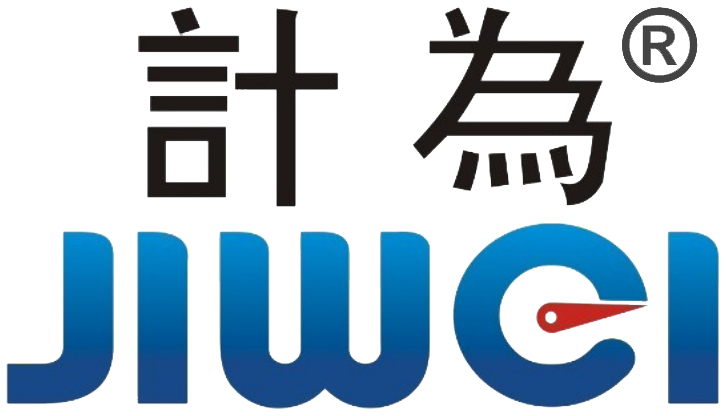5 Reasons Why a Radar Sensor for Basic Applications Is a Smart Investment
Introduction: The Smart Rise of Radar Sensor for Basic Applications
The demand for reliable level measurement in basic applications has driven the development of simplified yet powerful radar sensor for basic applications. Compact, robust, and efficient, these sensors are used in water treatment, food processing, chemical storage, and more. With technological innovations such as 80 GHz FMCW radar and Bluetooth connectivity, brands like Jiwei offer advanced radar level meters optimized for everyday industrial needs.
What Defines a Radar Sensor for Basic Applications?
Radar sensor for basic applications typically refers to non-contact level sensors using high-frequency radar waves (such as 80 GHz) to measure distance between the sensor and media surface. These are designed for:
- Simplified commissioning
- Compact installation spaces
- Compatibility with solids and liquids
- Minimal maintenance and wiring
Compared to ultrasonic or mechanical methods, radar technology performs independently of vapor, foam, or turbulence.
Where Are Radar Sensors for Basic Applications Used?
1. Water & Wastewater Industry
From open basins to pump stations, radar level meters help maintain safety and flow regulation. Jiwei’s JWrada-32 radar level meter offers:
- IP67 waterproof rating
- Stable performance in turbulent or foamy surfaces
- Easy installation even in tight areas
| Application | Benefit of Radar Sensor |
|---|---|
| Open basins | Non-contact measurement unaffected by vapor |
| Sewers / Lift tanks | Compact body fits limited space |

2. Food & Beverage Processing
Radar sensors must remain accurate in tanks with viscous, steamy, or foamy liquids. Jiwei’s radar technology is:
- Capable of resisting condensation
- Safe for dairy, juice, beer, and fermentation tanks
Compared to capacitive or float-type switches, radar ensures better consistency and maintenance-free operation.
3. Chemical and Solvent Storage
Highly corrosive or volatile materials pose risks to contact-based sensors. Jiwei’s radar level meters use:
- PTFE-encapsulated antennas for resistance
- Explosion-proof options for hazardous areas
- Optional Bluetooth remote setup, ideal for safe distance configuration
4. Steam and Thermal Oil Systems
Steam boilers and thermal oil tanks involve extreme heat. Radar sensors handle:
- High-temperature surfaces (up to 200°C supported by Jiwei’s models)
- Pressure fluctuations and steam interference
- Accurate level reading for safe boiler operation

5. Solid Bulk and Silos
Basic solid applications—such as grain silos or cement storage—benefit from:
- Narrow beam angle of 80GHz radar for deep, narrow silos
- Dust-resistant signal processing
- Fast response even during pneumatic filling
Jiwei’s radar sensors integrate well with silo automation systems using analog (4–20 mA) or Modbus communication.
How Jiwei Adds Value to Radar Sensor Technology
JWrada-32 Radar Level Meter
- Frequency: 80GHz FMCW
- Range: Up to 120 meters
- Output: 4–20 mA / HART / RS485
- Housing: IP67 rated
Ideal for water, wastewater, chemical, or solid silo applications. High sensitivity allows stable measurement in foam, vapor, or dust.
Ring-11 Tuning Fork Level Switch
While not radar, Jiwei’s Ring-11 complements radar sensors for point level detection. Perfect for overflow protection or pump start-stop automation.

| Feature | Rada-32 (Radar) | Ring-11 (Tuning Fork) |
|---|---|---|
| Application | Continuous measurement | Point-level switching |
| Contact Type | Non-contact | Contact-type |
| Best Use Case | Tanks, silos, open air | Pump control, alarms |
| Certifications | Ex-proof | Food-grade, Ex-proof, SIL2/3 |
Advantages of Radar Sensor for Basic Applications
| Benefit | Explanation |
|---|---|
| Fast commissioning | Wizards guide installation in under 3 minutes |
| Wireless configuration | Bluetooth access via phone or tablet |
| Maintenance-free | Non-contact operation avoids buildup or wear |
| Universal compatibility | Suitable for both liquids and solids |
| Cost-effective reliability | Long lifespan and minimal calibration required |
| High accuracy | Unaffected by vapor, dust, or turbulence thanks to 80 GHz narrow beam |
Common Myths vs. Facts
| Myth | Reality |
|---|---|
| Radar sensors are too expensive for basic use | Jiwei offers affordable, simplified models for essential applications |
| Foam or vapor affects radar accuracy | 80 GHz radar penetrates foam and ignores vapor interference |
| Radar is complex to install | Guided wizards and Bluetooth setup reduce complexity significantly |
Technical Specifications Snapshot
| Specification | Value |
|---|---|
| Measuring Range | Up to 120 m |
| Frequency | 80 GHz FMCW |
| Accuracy | ±1 mm |
| Operating Temp Range | -40°C to +200°C (model dependent) |
| Communication | 4–20 mA, HART, Modbus |
| Certifications | CE, Ex-proof |
Why Choose Jiwei for Basic Radar Applications?
- Made for industrial conditions: Proven performance in harsh and narrow environments.
- Safety certified: Products conform to safety standards.
- Ease of integration: Remote configuration, compact housing, and diverse output options.
- Local support with global quality: Jiwei offers fast service in Asia-Pacific, including Singapore, Malaysia, and China.
Summary – Radar Sensor for Basic Applications Simplified
The radar sensor for basic applications is no longer a luxury but a necessity. With compact design, advanced frequency, and simple commissioning, devices like Jiwei’s JWrada-32 and Ring-11 make level measurement easier and more reliable for industrial users. Whether you’re in water management or chemical storage, these sensors bring scalable technology to your daily processes.

